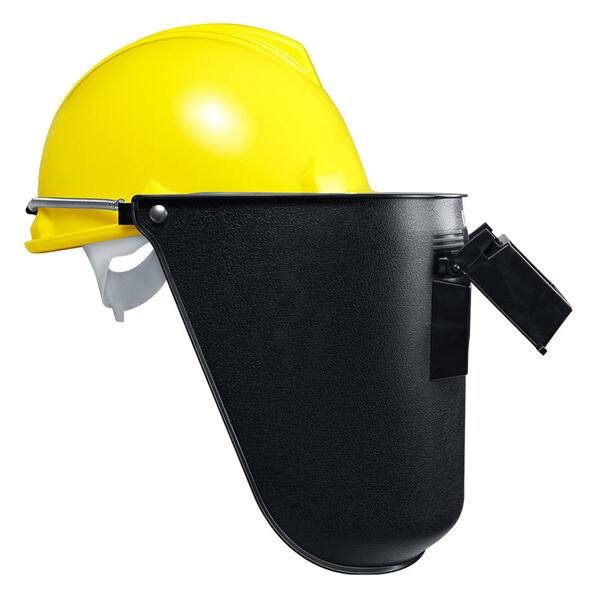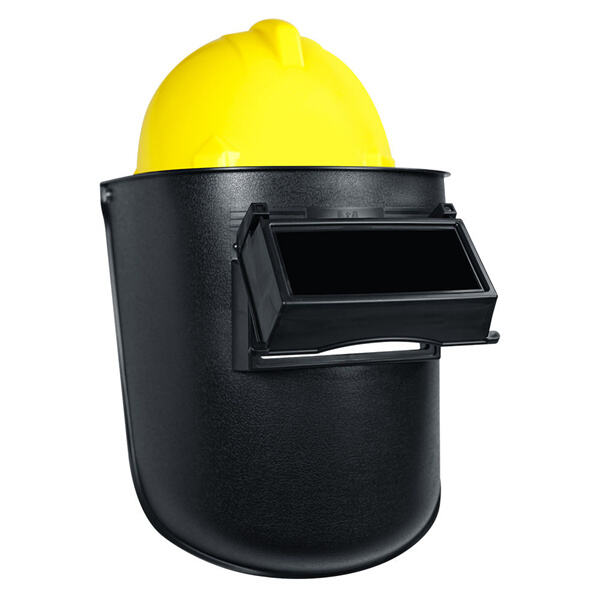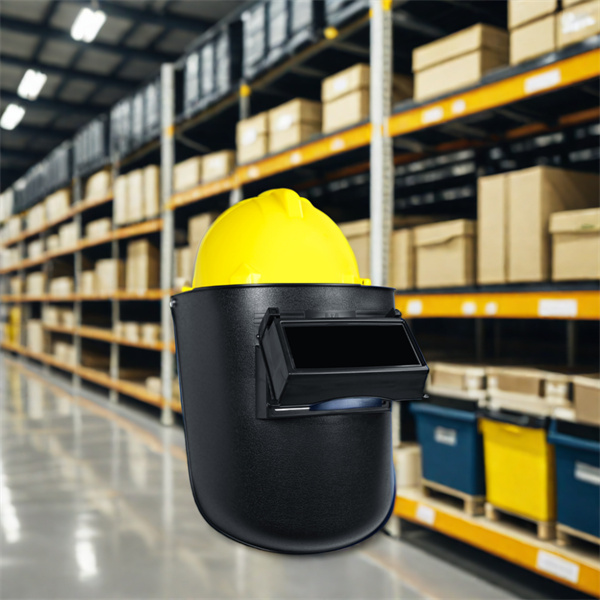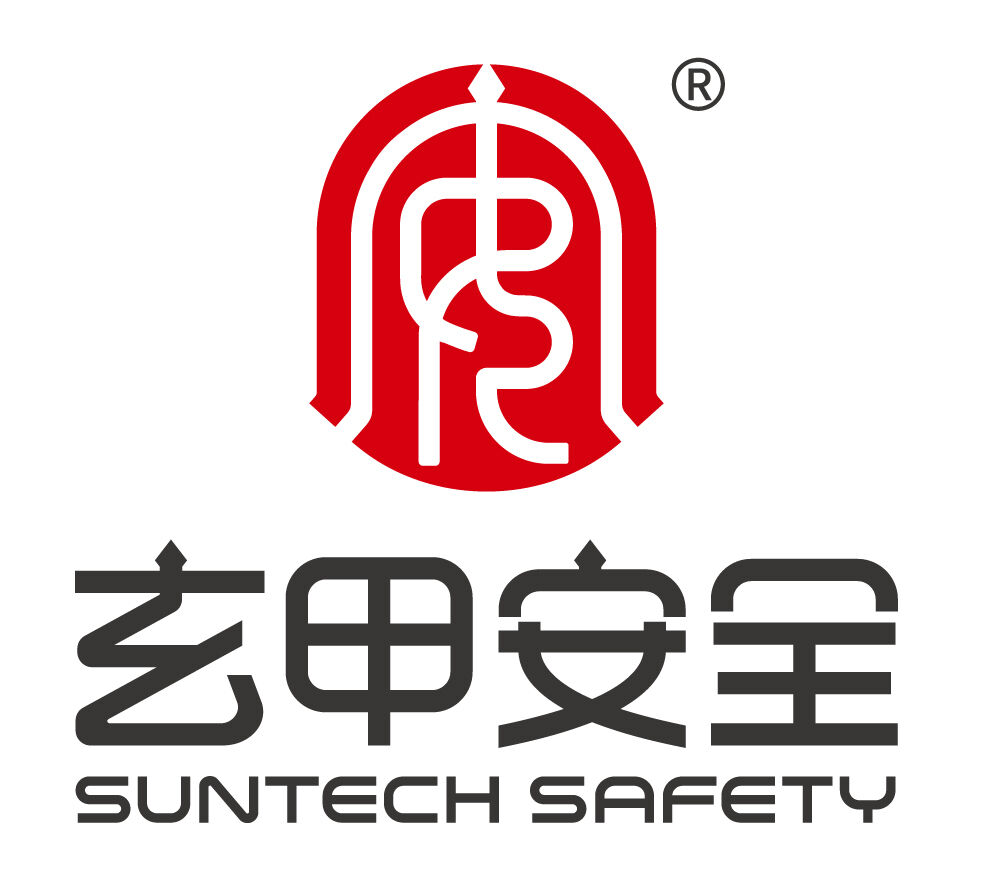Ngati mapapo anu amafunikira ngwazi, ingakhale . Izi ndi masks apadera ndipo zimatha kukuthandizani kuti mukhale otetezeka kotero zimatsekereza zinthu zambiri zovulaza zomwe mutha kupuma monga fumbi, utsi, mankhwala ndi majeremusi kuphatikiza ma virus (monga COVID19) ndi zina. Zosefera pa masks zilipo kuti zigwire ntchito kuyeretsa mpweya umene umapuma kuti ukhale wabwino komanso wotetezeka. Izi zimavalidwa makamaka ndi anthu omwe amagwira ntchito m'malo omwe si abwino kupuma - monga madokotala, anamwino ndi odwala pafupi ndi zipatala, ogwira ntchito yomanga, ndi aliyense wogwira mankhwala.
Masks opumira - Mitundu yosiyanasiyana ya fumbi masks ndi kupumas ndi momwe mungasankhire zoyenera Njira yabwino yowonetsetsa kuti mukusankha bwino ndikumvetsetsa zomwe mukuchita mu malo ogulitsa ntchito ndikusankha chigoba potengera izi. N95 ndi N99 ndi mitundu yodziwika bwino ya masks opumira a N95 masks amagwiritsidwa ntchito kwambiri ndi ogwira ntchito yazaumoyo monga madotolo, anamwino chifukwa amapereka chitetezo chabwino ku tinthu tating'onoting'ono. Komano, chigoba cha N99, chimagwiritsidwa ntchito kwambiri m'malo omanga ndi malo omwe anthu amakumana ndi mankhwala chifukwa amateteza kwambiri kuzinthu zovulaza.

Kachilombo kamene kamakhala m'malovu omwe amapumira kapena kukhosomola kuchokera kwa anthu ena, COVID-19 imatha kufalikira mwachangu komanso mosavuta kudzera mwakulankhulana kulikonse, kuseka, kulankhula kapena kutsokomola. Ichi ndichifukwa chake masks opumira monga N95 ndi apamwamba ndi ofunikira kwambiri pakuyimitsa kufalitsa kwa COVID-19. Chigoba chopumira chigoba Chigoba chokhala ndi kupuma Valve Activated Carbon cycling anti virus pollution fyuluta Chithunzi chopumira Masks awa amatha kusefa kachilomboka kuchokera mumlengalenga ndikukulepheretsani kuti mupume nayo poyamba. Ichi ndichifukwa chake ndi gawo lofunikira povala chigoba chopumira, makamaka pankhani yamisonkhano yambiri.

Mukaganizira kugula chigoba chopumira, onetsetsani kuti mwamvetsetsa mavoti ake. Mavoti awa amakudziwitsani kuchuluka kwa zomwe zimateteza chigobacho. Izi zimakhazikitsidwa ndi National Institute for Occupational Safety and Health kuti afotokoze mfundo zochepa zachitetezo. Izi zagawika mu: N (umboni wosagwiritsa ntchito mafuta), R (kukana mafuta), P (umboni wamafuta). Maguluwa akakwera, m'pamenenso chigoba chimateteza kwambiri ku zinthu zowopsa. Kudziwa zowerengera izi kungakuthandizeni kupanga chisankho chodziwa bwino chomwe mungapereke kutengera zoopsa zomwe mungakumane nazo.

Mbiri ya makina opumira a nkhope ndi yayikulu komanso yosangalatsa. Mwachitsanzo, anthu ogwira ntchito m’migodi ya malasha m’zaka za m’ma 1800 ankavala mawaya otchingidwa ndi nsalu pakamwa pawo kuti ateteze mapapu awo ku fumbi loopsa la malasha limene linali litadzaza m’njira zazitali zapansi panthaka. Masks osiyanasiyana atsopano komanso ogwira mtima kwambiri adapangidwa pakapita nthawi kuti ateteze ogwira ntchito pamalo owopsa. Masks a gasi anali njira yothetsera kuteteza asilikali ku mankhwala owopsa pa nthawi ya nkhondo kuyambira kumayambiriro kwa zaka za zana la 20. Kufunika kwa masks amenewa kunali kofunika kuti apulumuke. Masks opumira okha tsopano amabwera m'mitundu yabwino kwambiri ndipo amagwiritsidwa ntchito kuteteza anthu m'malo osiyanasiyana, kuphatikiza pamalo omanga, m'mafakitole amankhwala ndi zipatala.


Copyright © SUNTECH SAFETY EQUIPMENT (SHANGHAI) CO.,LTD. Maumwini onse ndi otetezedwa - mfundo zazinsinsi - Blog